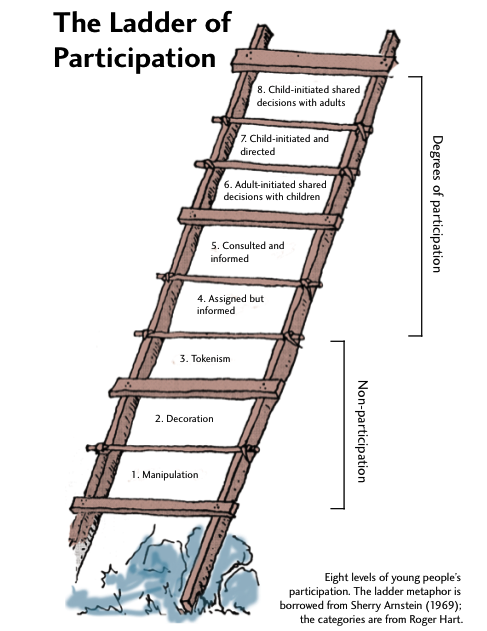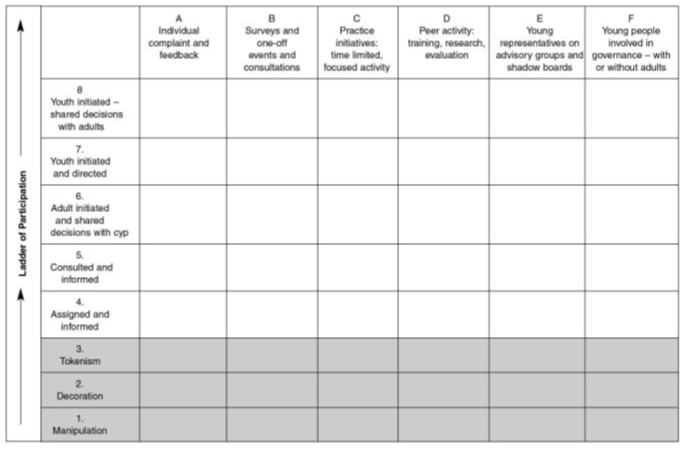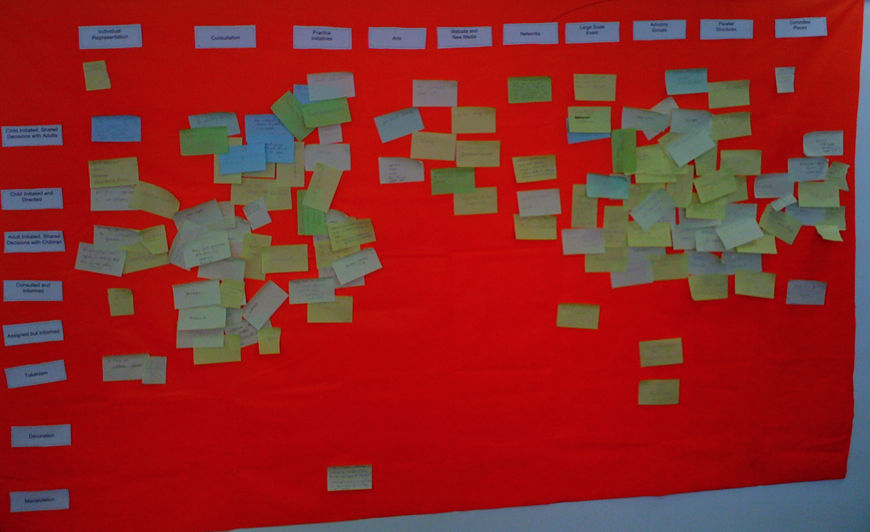[Summary: Notes and reflections from the launch conference of EU Kids Online research]
“Can we just get on with it”. Less talking and more action on child internet safety was the pretty clear message from Tanya Byron responding to the research recommendations at the launch of the EU Kids Online research today. But Tanya also made clear that the action should not be reactive, moral panic driven responses to internet use by young people – making the bold (but essential) statement that “We cannot and must-not build an environment for children to develop within which is built around what we see through the eyes of the most vulnerable child”.
There has been a lot of talk in sessions and coffee breaks today about the need for a more naunced approach to the often moral-panic driven debates about risk – not least with a great input from Janis Wolak reflecting on the different discourses that researchers are intentionally, or unintentionally constructing around the internet and young people. Crucially Janis highlighted the difference between the claim that
(a) The internet has risks
and the claim that:
(b) The internet promotes risks
The discourse often shifts from (a) to (b). But it’s hard to find research which backs this up. Janis encouraged us to consider whether the working hypothesis that appears to underly much work that “the internet amplifies risks” should have a priviledged place over alternative hypothesis such as “the internet can act as a buffer to young people experiencing harms”.
There have been many other insights shared today, most of which I’ve not managed to capture whilst taking notes, so I’ll mainly give a nod to the abstracts and papers from the conference available here – and share just one or two ideas or bits of intformation shared during sessions that I found particularly interesting…
- In presenting recommendations from the EU Kids Online research, Sonia Livingstone made an interesting contribution to the media literacy debate – arguing that it’s important to keep ‘promoting safety’ as distinct from ‘media literacy building’.
As I understood the point, Sonia suggested that media literacy programmes often arise because of a recognition that new technology is complex, tricky to regulate, and hard to legislate for when it is international and operating across borders. The new technologies create place new burdens on users to manage their own safety – and media literacy efforts similary ‘outsource’ safety to users. Some users may not want to, or may not be able to, deal with these new burdens – and hence promoting safety as well as literacy becomes key.
- Shirley Atkinson has explored how peer-education can play a role in e-safety education in schools in Plymouth and the South-West, with lots of lessons and learning that informal educators could draw upon.
- The Youth Protection Roundtable have been doing fascinating work to explore the need for systems that are ‘safer by design’ – and have a toolkit (that I’ve yet to read in depth I’ll admit) with an overview of techncal and process work on online youth protection.
And I thought it may be helpful to add links to few resources and other blog posts I’ve been working on which overlap with some of the focus in the EU Kids Online project:
- Online Citizenship for Young People – E-safety project ideas (a series of project plans for equipping young people with critical literacies for interacting online – based around a model of critical questions).
- Getting social and keeping safe: principles for safe and effective social network site applications (an analysis, policy and practice paper on designing safer Social Network Site applications – based on Children’s Rights and an understanding of childhood. Including an outline risk assessment template)
- The Youth Work and Social Networking project – building a case for the informal educator in promoting positive online behaviours; (Interim & final research report, + presentations and action research log)
- Draft guidance on Safe and Effective Engagement with Social Network Sites for Youth Professionals (5 Page document for practitioners)
- UK Council on Child Internet Safety – The Right Approaches are About Informal Education – notes on the launch of UKCCIS (Blog post)
And also – the Youth Work Online Network, Connected Generation unConference on the 11th July 2009, and the Network Particatipation space are all spaces of ongoing dialogue about positive work with young people online – which builds on safe-and-sound foundations.
 Even with all the amazing social web tools available out there – e-mail remains a key communication tool for most people.
Even with all the amazing social web tools available out there – e-mail remains a key communication tool for most people. I’m putting together a series of short guides for different clients on how to use social media tools in shared learning and online outreach. These will be a mash-up of my existing practical
I’m putting together a series of short guides for different clients on how to use social media tools in shared learning and online outreach. These will be a mash-up of my existing practical 
 So – I though it might be time for another unConference. And this is the rather roundabout way of announcing: Connected Generation 2009 – unConference – exploring youth engagement in a digital age.
So – I though it might be time for another unConference. And this is the rather roundabout way of announcing: Connected Generation 2009 – unConference – exploring youth engagement in a digital age.







